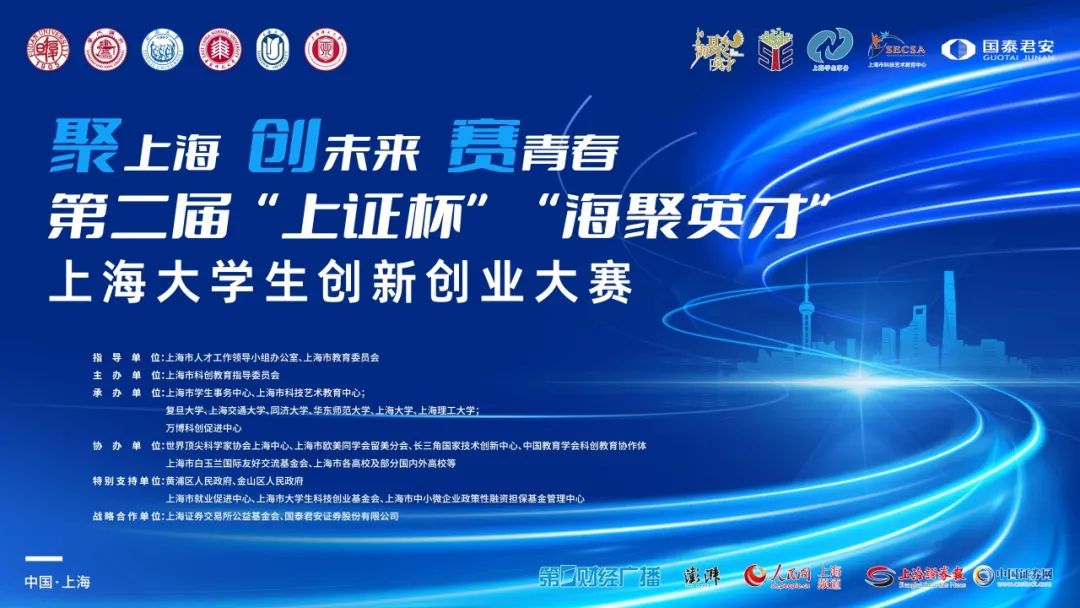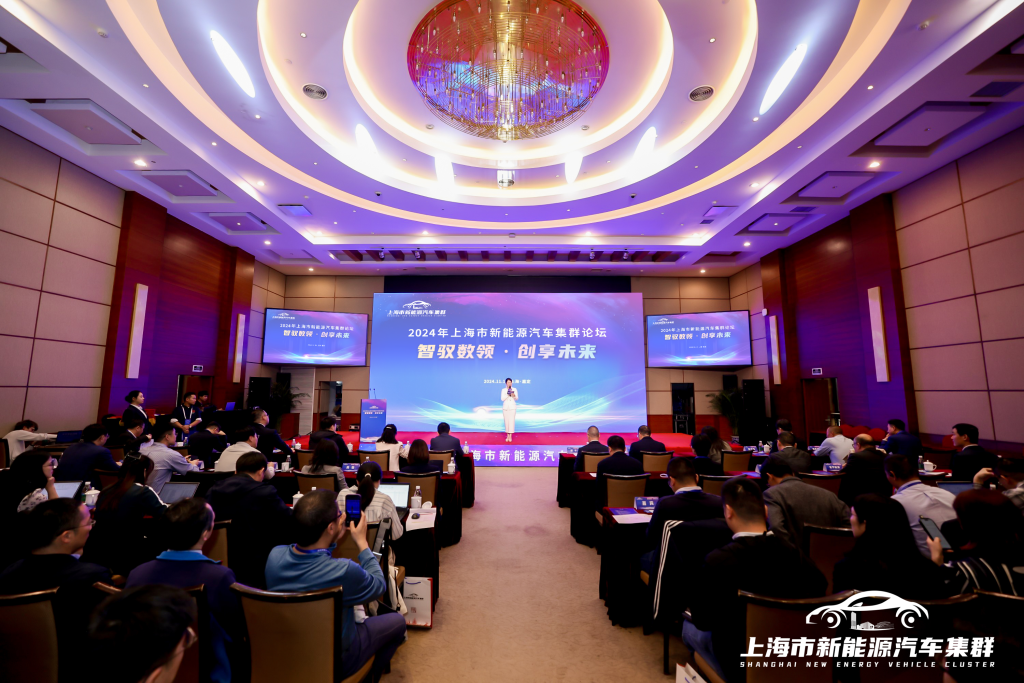
· From 2010 to 2022, the number of papers published by Shanghai scientists in "Science", "Nature" and "Cell" will increase from 6 per year to 120.
On July 21, The Paper learned from the Shanghai Municipal Science and Technology Commission that in terms of national basic research tasks, Shanghai will receive more than 4,600 projects from the National Natural Science Foundation of China in 2022, with a funding of more than 3.4 billion yuan .
In the national science and technology innovation 2030 "brain science and brain-inspired research" major project, Shanghai has led nearly 80 projects and received a national budget of 1.34 billion yuan. In terms of national key R&D projects, Shanghai units have led and undertaken more than 900 projects from 2016 to 2021, receiving a national funding of 12.843 billion yuan. Among them, the number of projects undertaken in the important fields of developmental programming and stem cells accounted for more than 20% of the country.
Shanghai's basic research has a good momentum of development.
In terms of R&D investment, in 2021, the basic research investment of the whole society will reach 17.773 billion yuan, accounting for nearly 10% of the R&D investment, which is nearly double that of five years ago (9.251 billion yuan in 2017).
The level of research has been raised. The influence of international scientific and technological papers has increased. From 2010 to 2022, the number of papers published by Shanghai scientists in "Science", "Nature" and "Cell" increased from 6 to 120 per year, and the national proportion continued to rise from 15.8% to 28.8%, much higher than other regions outside Beijing. The average number of citations of international papers has long been the first in the country.
The emergence of major original achievements has accelerated, and a number of internationally influential achievements have been achieved in the fields of brain science, quantum technology, and nanomaterials. Among the top ten scientific and technological advances in the country in 2022, Shanghai scientists and teams participated in or led the completion of four.
The "gold content" of national awards has been strengthened. In the past five years, Shanghai has won 31 National Natural Science Awards and 42 National Technological Invention Awards, accounting for 15% and 13% of the country respectively. In particular, it won the first prize of the National Natural Science Award in 2020. This award is the highest affirmation of basic research achievements in my country. The proportion of Shanghai that year won the National Natural Science Award also exceeded the Science and Technology Progress Award for the first time.
In terms of talent cultivation, as of now, there are 171 academicians in Shanghai and the Chinese Academy of Sciences, including 97 academicians of the Academy of Sciences and 74 academicians of the Academy of Engineering. The number of highly cited scientists engaged in scientific research in Shanghai has increased from 47 in 2019 to 117 in 2022, accounting for 8.5% of the country. In terms of conditional support, a total of 15 national major scientific and technological infrastructures have been deployed, covering photon science, life science, marine science, energy science and other fields, accounting for about 1/4 of the country's total. In terms of discipline layout, the ESI ranking of universities in mainland China in May 2023 shows that Shanghai universities have a total of 180 disciplines in the top 1% of the world, and 31 disciplines in the world's top 1 ‰, 1 discipline entered the top 1 in the world ‱. 34 disciplines of 14 colleges and universities in Shanghai were selected as "China's top disciplines", accounting for 14.2% of the country and ranking second in the country.
Accelerate the agglomeration and development of high-energy scientific and technological innovation platforms and institutions. At present, there are 15 national major scientific and technological infrastructures in Shanghai, with a total investment of more than 20 billion yuan , covering photon science, life science, marine science, energy science and other fields, accounting for about 1/4 of the country's total. At the same time, focus on basic frontier fields such as physics, astronomy, and quantum, as well as key fields such as integrated circuits, biomedicine, artificial intelligence, and aerospace, and accelerate the construction of high-level research institutions such as Shanghai Institute of Future Intelligence, Li Zhengdao Institute, Shanghai Quantum Science Research Center, Shanghai Brain Science and Brain-like Research Center, Shanghai Tsinghua International Innovation Center, Shanghai Artificial Intelligence Laboratory, Shanghai National Center for Applied Mathematics, Shanghai Tree Map Blockchain Research Institute, Shanghai Zhejiang University Advanced Research Institute, Shanghai Changxing Ocean Laboratory, and Shanghai Wusong Materials Laboratory.
In addition, the Shanghai State Key Laboratory has the characteristics of complete field distribution, rich research accumulation, and high-level talent gathering. It has overcome major scientific and technological achievements such as somatic cell cloning monkeys, space infrared detection, new drug development, large aircraft, high-temperature superconductivity, and tumor immunotherapy. By optimizing the allocation of resources such as talent planning, discipline construction, state-owned enterprises, scientific research funds, and municipal key laboratory cultivation, we provide all-round services to ensure the reorganization of national key laboratories in Shanghai, and explore the construction of a Shanghai laboratory system.


